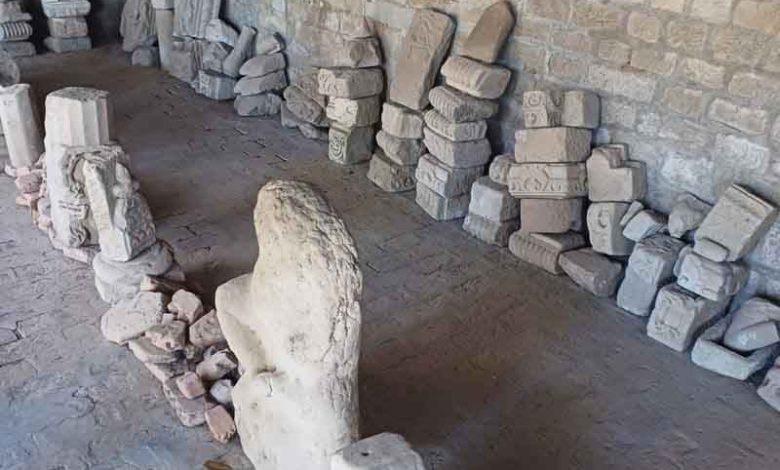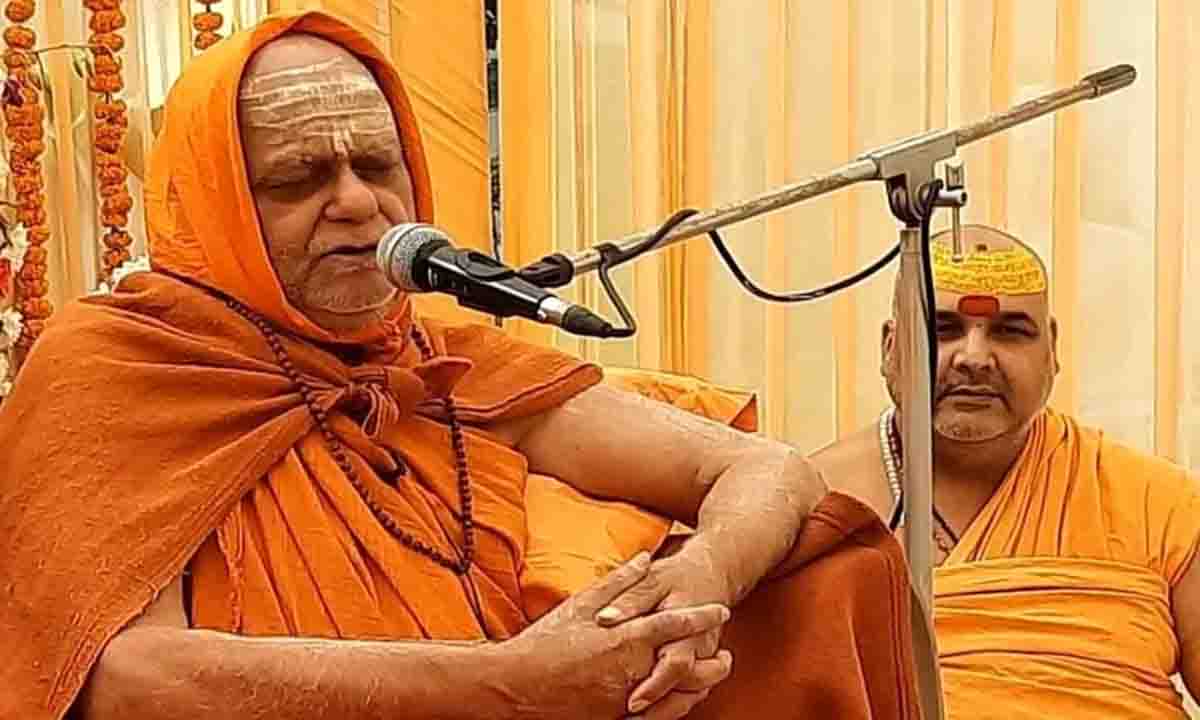Hoshiarpur: The historic Dolbaha site awaits global recognition

Punjab: Historically and archaeologically rich Dolbaha, located about 30 km northwest of Hoshiarpur, has been identified by the Indian National Trust for Art and Cultural Heritage (INTACH) as a neglected cultural property that has the potential to be recognised as a UNESCO World Heritage Site. During his recent visit, INTACH’s Punjab state convener Major General Balwinder Singh (retd) expressed concern over the lack of attention Dolbaha is receiving. “This site should attract global scholars and researchers,” he said, highlighting its significance as a continuous archaeological record from prehistoric to medieval times. Dolbaha, near the Dholbaha Dam, constructed in 1987, is much more than just a beautiful reservoir. Major General Singh said, “The area has yielded a wealth of archaeological evidence from the Lower Palaeolithic period to the 13th century. Fossils, crude stone tools and polished pebbles point to human habitation over 10,000 years ago.
The site also has an important collection of medieval artefacts including sandstone sculptures of Hindu deities such as Vishnu, Shiva, Durga and Jain Tirthankaras, all preserved in the Sadhu Ashram Hoshiarpur Archaeological Museum.” He further explained that the site has links to the powerful Gurjara-Pratihara and Parmara dynasties, which ruled northern and western India from the 8th to the 13th centuries. “Dolabaha was once a cultural and religious centre,” he said, citing evidence of temple fragments, panels of deities and early inscriptions in Brahmi and Devanagari script. The strategic location of the site near the Shivalik foothills also indicates its location on ancient trade routes connecting the plains of Punjab with the Himalayan regions, which explains the diverse craftsmanship and cultural influences seen in the recovered artefacts. “Despite its importance, Dolbaha is largely unknown even among scholars.
It does not appear on tourist maps. There are no signages, no visitor amenities, no museum or interpretation centre. The infrastructure is almost non-existent,” Singh said. INTACH has written to the Punjab government urging it to take immediate steps to conserve and develop the site. The organisation has proposed setting up a dedicated archaeological park to preserve the excavated areas and provide an immersive experience for visitors. It has also recommended setting up a museum and interpretation centre to display the artefacts and explain the historical context of the site. They have also called for community participation and skill development initiatives to ensure local participation. INTACH has suggested that the government seek partnerships with UNESCO and international heritage organisations for technical assistance, funding and global promotion. “Dolabaha is not just a dot on the archaeological map, it is a window to the prehistoric soul of India,” Singh said. “With the right vision and investment, Dolabaha can become an ideal heritage site and a proud testimony to Punjab’s ancient past.”





